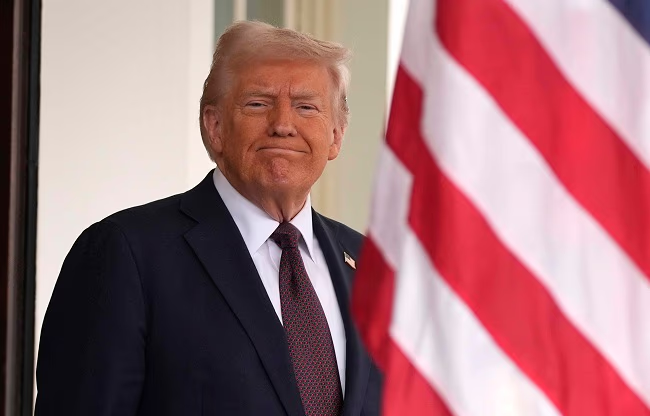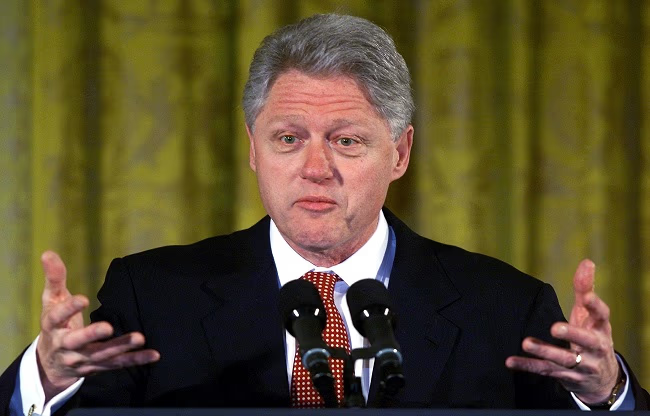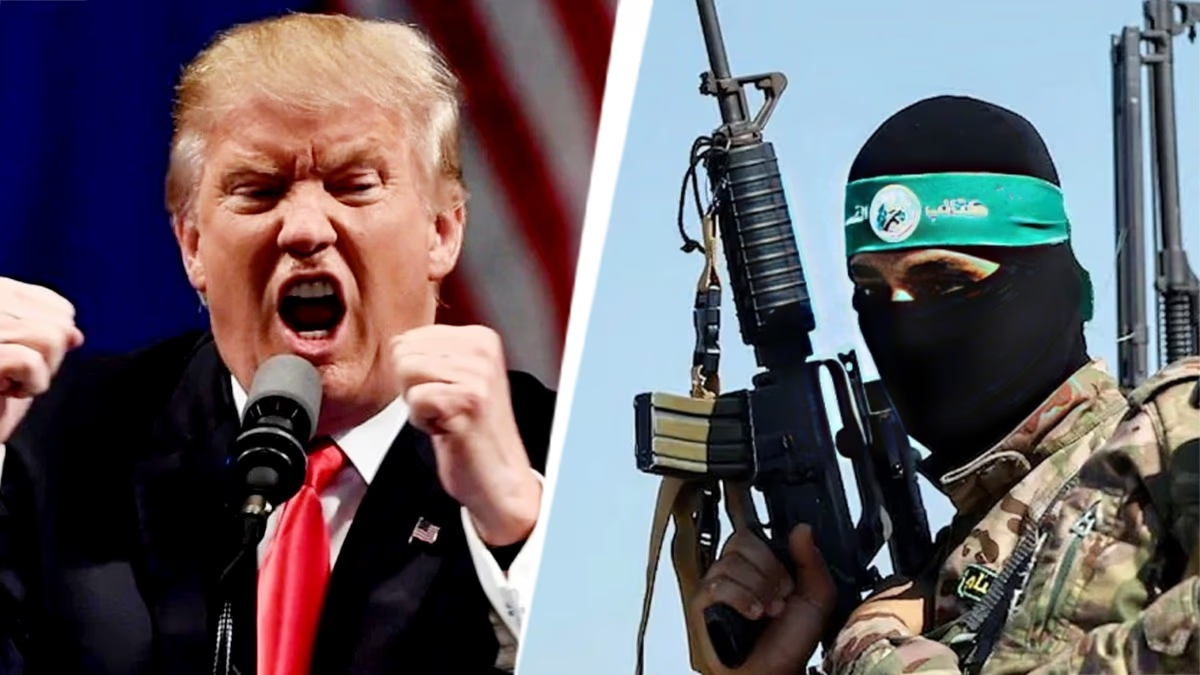Donald Trump is taking an assertive stance in mediating the resolution of the Russia and Ukraine conflict. He has exerted so much influence over Ukraine that all of Europe is apprehensive. Meanwhile, sitting in the White House, he continues to issue executive orders. Under one such order, English will now be the official language of America. This proposal had surfaced before but was shelved due to opposition.
Issuing the executive order, Trump stated that officially recognizing English would not only simplify communication but also strengthen shared national values, bringing people closer, and fostering economic growth in the country. This announcement is regarded as a significant milestone in America's English-only movement. It's noteworthy that language can be a divisive force, as seen with controversies over official languages in India and similar situations in the US.
In the 18th century, America was home to settlers from various countries and languages. Besides English, large numbers of Dutch, French, Spanish, and Swedish speakers coexisted without haste. As the country evolved, politics surrounding language began to emerge.
German Language's Vote
In the early decades of the 20th century, there was a push to give German official status due to the significant German-speaking population with German newspapers, schools, and churches operating. In 1795, a proposal in Congress considered printing government documents in German. The vote failed by just one vote, with America's first House Speaker, a German himself, reportedly voting against it, stating that America should be run with English.

Source: aajtak
Despite rejection in Congress, the German-speaking population grew rapidly. Then World War II brought distance between the countries, leading several states to ban teaching German, with speakers being viewed suspiciously, causing them to avoid using their language publicly. As emphasis shifted to English, immigration surged, bringing millions of non-English-first speakers, weakening the movement before it gained momentum.
The Movement from the 1980s
In the 1980s, a group called US English formed, advocating for English as the official language and banning other languages in government offices. By the late 1980s, California held a referendum with most votes favoring English, but national-level efforts repeatedly failed.
During Bill Clinton's presidency in the 1990s, federal efforts ensued with the English Language Empowerment Act, pledging substantial funds for teaching non-English speakers. Federal agencies began educating immigrants and limited-English proficiency individuals.
Clinton aimed for English as the official language with inclusive intent, but human rights organizations opposed, citing discrimination against immigrants, leaving the act stuck in the Senate. Trump's order is seen as part of the 'Make America Great Again' campaign.

Source: aajtak
Linguistic Diversity in America
Three-quarters of Americans speak only English at home, while 42 million speak Spanish, and 3 million speak Chinese. Besides, other languages, including Hindi, are spoken. According to the US Census Bureau, one in five Americans speak a language other than English at home, their first language. Over 350 languages are spoken across the country, with Spanish, German, Chinese, and Arabic being significant, though English remains the common language.
In his campaign rallies, Trump pointed to the entrenchment of multiple languages as problematic. He has previously shown disdain for other languages during his first term.
Though 30 states have made English official, federal policies permitted other languages where needed. For example, New Mexico provided government documents in Spanish, and Hawaiian received status in Hawaii.




